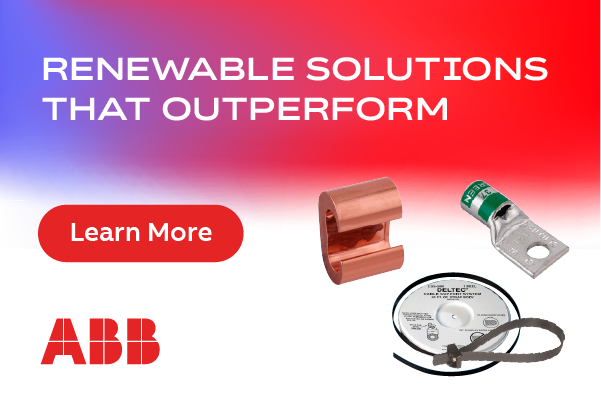How to Successfully Secure Financing for the Coming Community Solar Boom
Community solar promises substantial good for the environment, for business, and for communities. Yet it was still very much untapped until the last few years, with only a handful of projects scattered across a handful of states that were aggressively developing policies and programs around it.
That's all changing. Just prior to COVID-19, energy experts were chirping how community solar was finally showing signs of serious growth. We see every reason for those expectations to bear fruit in 2021. Why? Because community solar seems insulated from recession impacts, thanks to its lower commitment and higher flexibility.
Due to a number of moving parts (and large degrees of variability from state to state) successfully securing and structuring financing for community solar projects can be more complex than other projects. Here are three ways to make the financing process for community solar projects - and other projects - run smoothly.
1. Establish in-house expertise on state programs
As of last summer, 20 states had developed policies or programs in support of community solar projects, which exist in 40 states. Minnesota, Massachusetts, and New York all got programs rolling early on and continue to lead the way, representing nearly three-quarters of the 2,625 megawatts of community solar currently developed. The success of your project may depend on navigating the degrees of variability. Many of these programs set guidelines and incentives for developers and subscribers, helping the industry gain efficiency and create more customer-oriented resources. Some, like Maine, Massachusetts, and New York, include locational value based on how a community solar site can meet the geographic needs.
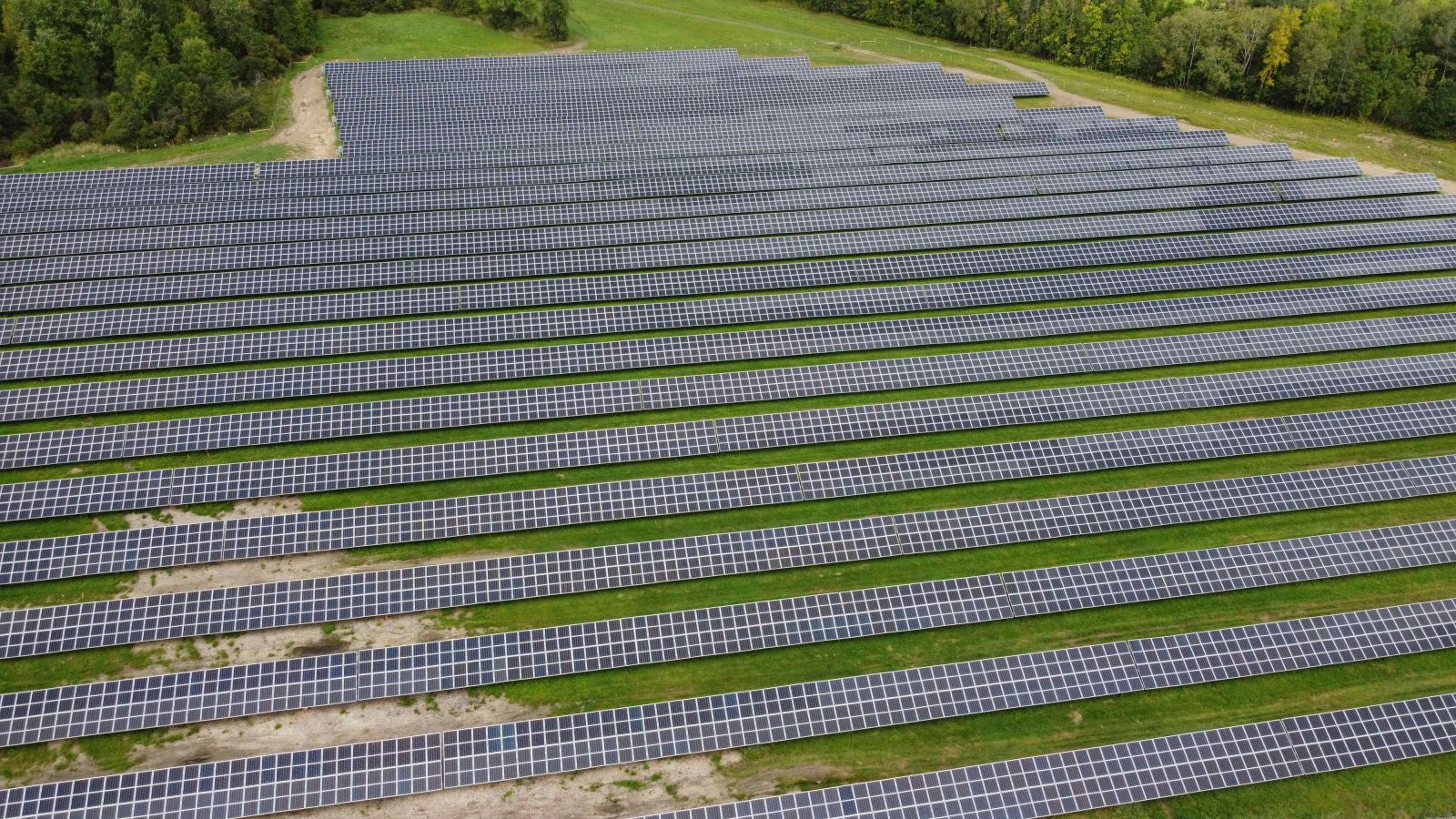
A 10MW community solar system in Lenox, NY
Most community solar systems are between 2-5MW, and serve a number of different customers. These systems are often built in out-of-the-way locations, taking advantage of local unutilized or underutilized land, such as old landfills. In addition to an interconnection agreement with a utility, remote net metering is typically extended through a subscription to multiple offtakers. In some states, that includes large commercial and industrial or municipal customers. However, a portion -- usually 50 percent or more -- must be residential or non-demand offtakers.
Finding the right offtakers adds a layer of challenge to the commercial and industrial market from a project finance perspective, but there are ways to approach community solar that raise your chances of success.
2. Standardize documents to help clarify varying program details
With so many states implementing so many different programs for varying projects, taking a standardized contracting, documentation, and due diligence approach to community solar will demonstrate efficiency with lenders and financial counterparties.
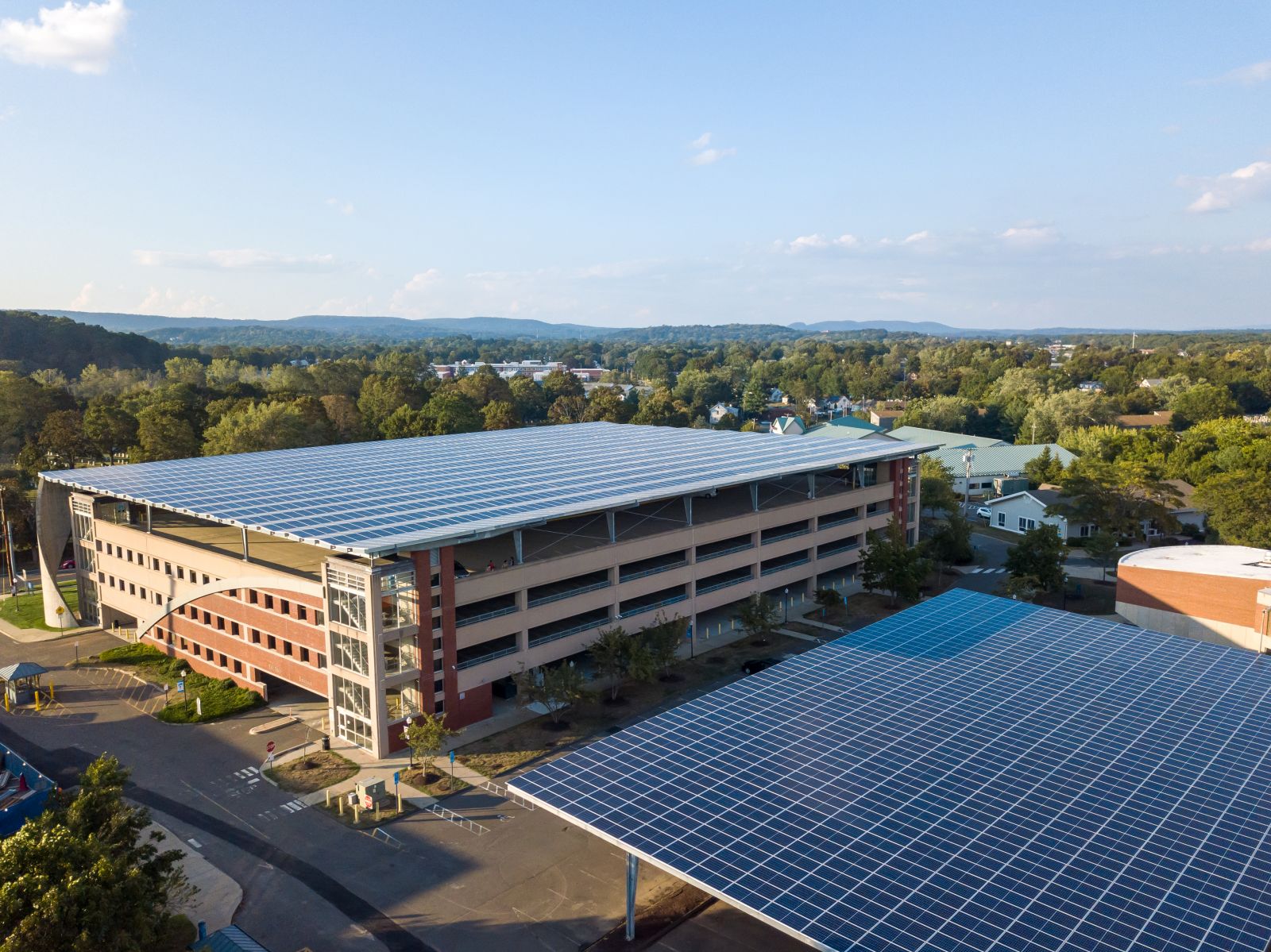
A 3 MW solar rooftop canopy and ground mount installed at Southern Connecticut State Unitversity
A 3Aggregator agreements set the guidelines for community solar aggregators that recruit and enroll subscribers to a project. This can differ from state to state; some aggregators might only work in New York or Maryland, for example. Standardized terms and conditions help both subscriber managers and developers succeed by specifying subscriber FICO scores or credit ratings, subscription thresholds the aggregator must maintain, and termination rights of both the subscribers and aggregators.
This is a heavy but necessary lift that allows for better communication with lenders. A knowledgeable developer can quickly and easily summarize how each of the standardized terms and conditions at the project and aggregator level all tie together to conform with the requirements and rules of that state program. Developers with state-by-state expertise increase efficiency both for themselves (as they manage all those different processes) and for lenders conducting due diligence.
3. Standardize due diligence covering the full scope of the project
Performing holistic due diligence across a community solar project goes a long way in establishing uniform project details, which makes it easier for a lender or tax equity investor to quickly understand what's being done and where they need to focus their efforts. In particular, areas like interconnection, revenue streams, site control, and permitting can make or break a deal.
For example, obtaining offtaker FICO scores are a must when conducting offtaker due diligence. A delinquent subscriber could mean months of back-and-forth in legal detangling, and finding a new subscriber. Too much churn could result in problems for your project.
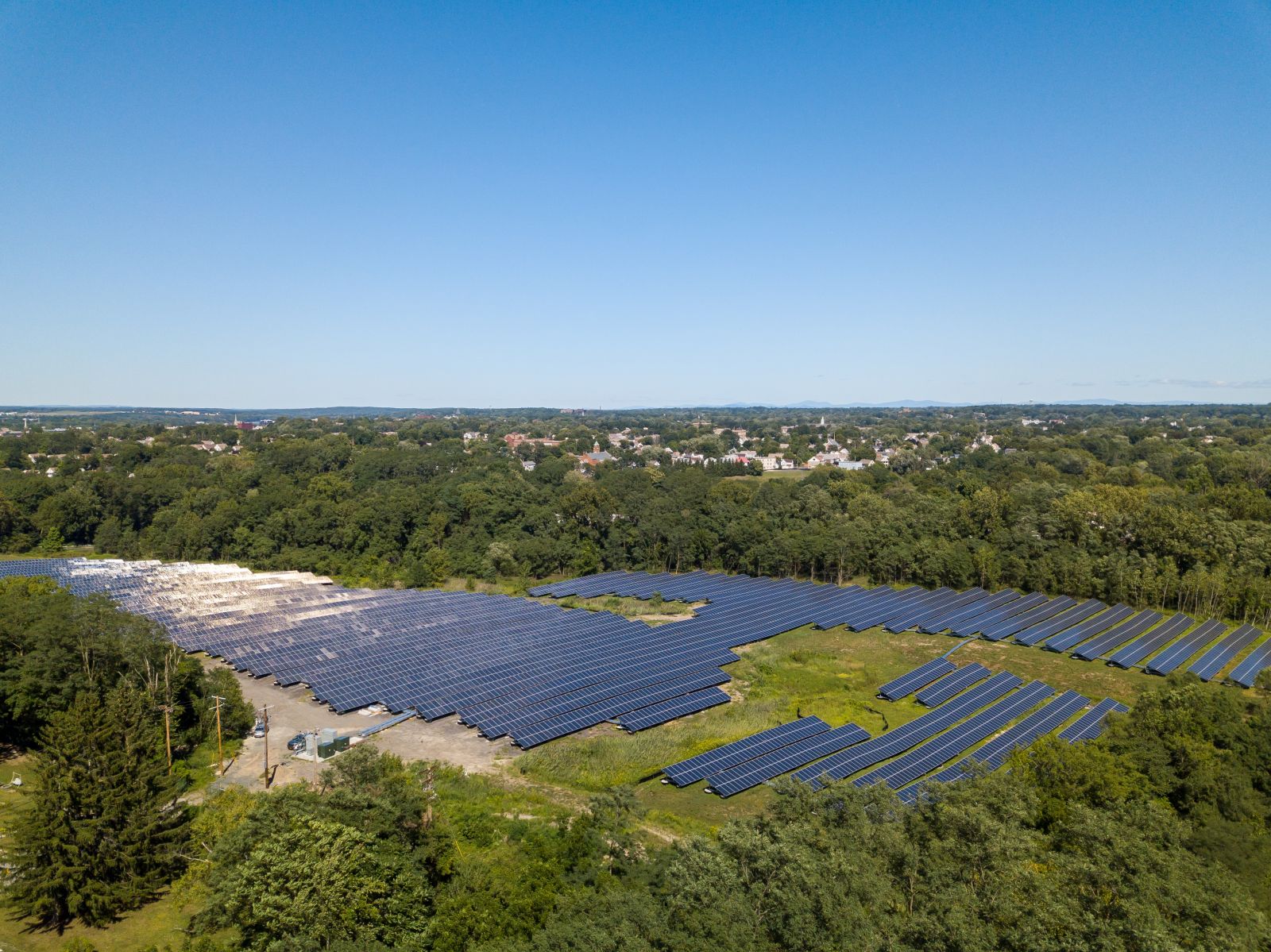
One of seven sites in a 25MW community solar portfolio in Schenectady County, NY
Performing the proper due diligence will help lenders and other financial counterparts move more efficiently. And, in the end, when it comes to project financing and capital markets on a distributed portfolio, efficiency is the critical piece to unlock the best financing terms.
There are many pieces that need to come together for community solar to create wins for all involved, making it (in theory) one of the most complicated types of project for which to secure and structure financing. But the processes mentioned above aren't exclusive to community solar financing - they can also be applied across the board to any other project a developer is financing. By having a deep understanding of state level programs, standardizing documentation, and performing the proper due diligence, financing community solar projects - as well as any other solar projects - will run much more smoothly and efficiently.
Jamie Hutson is Director of Structured Finance at Distributed Solar Development (DSD), a full-service solar company. Jamie is responsible for the underwriting, project finance and capital market needs of the business, including closing all financing and contract documents, establishing financial parameters for origination and underwriting the PPA pipeline to investor and market requirements. Jamie graduated from Skidmore College and holds an MBA from Columbia Business School.
DSD Renewables | dsdrenewables.com
Author: Jamie Hutson
Volume: 2021 March/April









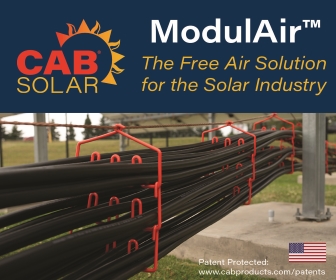
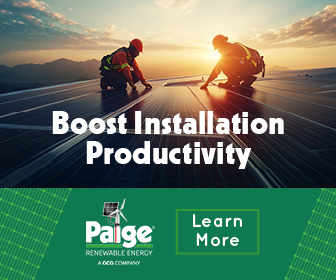
.png?r=1538)
